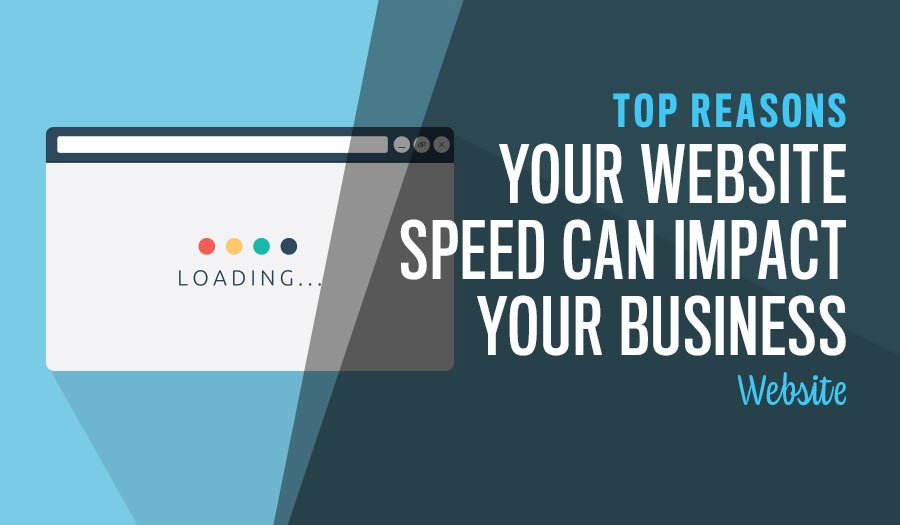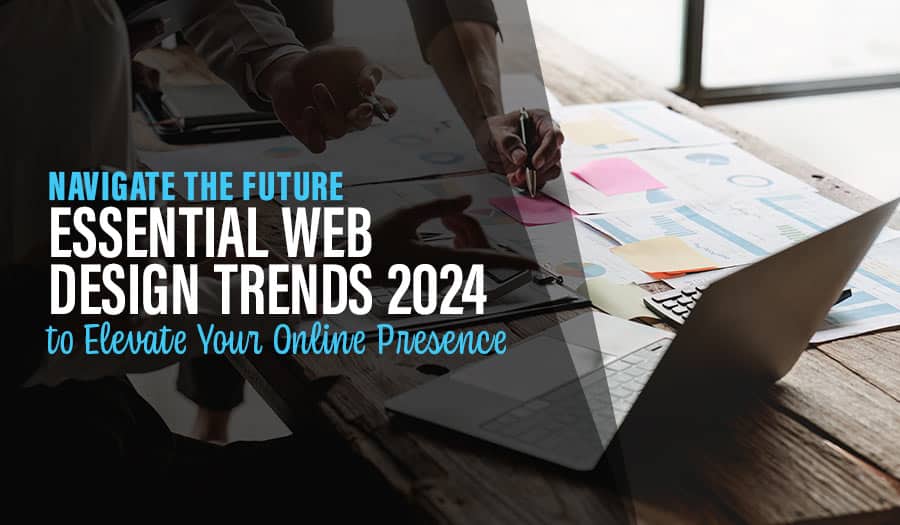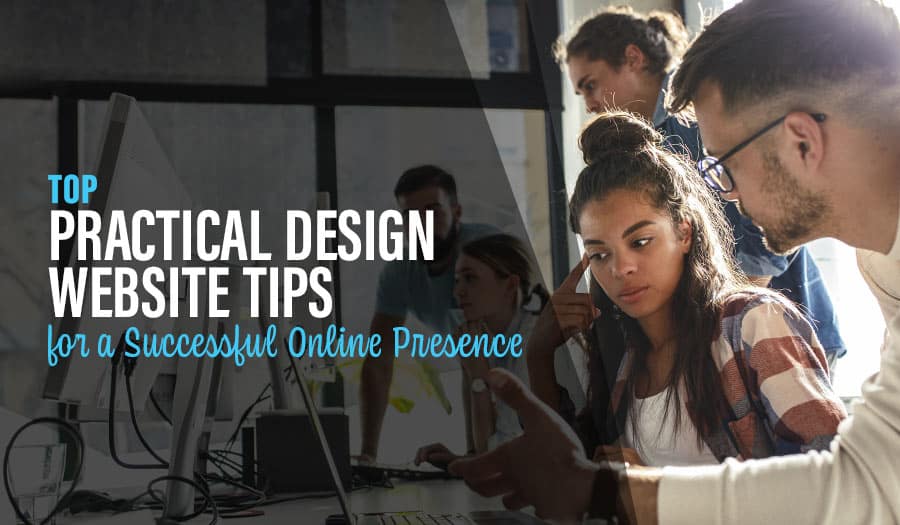While surfing the internet for specific information, how many times have you had to exit a page because it took forever to load? Quite a lot, huh?
Like everyday business customers, visitors are often pretty impatient and won’t hesitate to leave your page if it takes more than a few seconds to load. And the consequence? Poor page load time hurts your SERP ranking, conversion rates, user experience, and sales returns.
Thankfully, there’s a solution! We prepared this comprehensive resource to answer fundamental questions regarding page speed, including:
- What is the speed/load time of a website, and why is it important?
- How does the load time impact your Google ranking?
- How does the load time impact user engagement/experience and conversion rate?
- How does it impact and slow your internal team’s ability to edit your website?
- How can you increase your website speed?
So let’s dive right in, shall we?
Top Reasons Why Your Website Speed Impacts Your Business
What is the Speed/Load Time of a Website, and Why is it Important?
As the name suggests, website (or web page) load time is the time it takes for a site or page to load fully. In other words, how long does it take for all content, including text, images, and videos, to appear on screen? You can also refer to it as the time it takes between submitting the URL (clicking enter) and the complete page becoming visible on the browser for the visitor to view.
And you may be wondering, what can cause your page speed to become quicker or slower? Well, it depends on several factors, including:
- The web page design
- The site’s hosting server
- Code inefficiency
- Your device’s processing power
- The weight, type, and number of elements on the page
- Excess plugins or widgets
- User behaviour
- The amount of bandwidth in transit
So, why is your web page load time important? For starters, the fact that today’s digital generation comprises arguably the most impatient audience should be enough motivation to optimise your website speed. Here are a few more reasons why speed matters:
- The first impression matters. We’ve all heard the old saying, right? And it applies to websites too. When a visitor clicks on your website for the first time, you can rest assured they’ll judge your website quality and your business based on their very first interaction. And what’s a better way to make a solid first impression than to ensure that your website load time is top speed?
- Speed impacts page ranking. Traditionally, page speed has always been a ranking factor, with search engines like Google and Bing reserving the top SERP spots for faster websites – more details below.
- Page speed is directly proportional to lead generation and conversion. Did you know that approximately 40% of visitors are likely to exit your page if it takes more than 3 seconds to load? That translates to lost potential leads that you could have converted to customers and boosted your revenues.
How Does the Load Time Impact Your Google Ranking?
Earlier, we mentioned that your website speed affects whether you’ll rank higher or lower on the search engine results page (SERP). So it’s time to explain further: how is page speed a ranking factor?
Like most other search engines, Google values its users, and it doesn’t rank sites that provide bad user experience, thanks to slow load times. In essence, if your page takes more than three seconds to load fully, it results in many visitors abandoning it, causing your bounce rate to soar. And the bounce rate is another factor that Google takes into consideration when ranking your site.
Suppose there are so many visitors leaving your page almost instantaneously. In that case, Google algorithms take it that the page doesn’t load properly, or its content doesn’t provide the value that the visitors are seeking. So obviously, the search engine will push your page down the ranking order.
Don’t get it wrong, though: meeting Google’s acceptable page speed threshold doesn’t necessarily guarantee that your page will rank higher. As much as slower websites barely make it to the top of SERP, there are several other ranking factors that the search engine considers, even if your page’s load time is top speed.
How Does the Load Time Impact User Experience and Conversion Rate?
It’s simple logic; the faster your web page load time is, the happier your audience will be. Essentially, if you optimise your website for speed, it enhances the user experience (UX) and the conversion rate, i.e., the ratio of visitors who take particular actions as you’ve directed them on a page.
But you may wonder how a few seconds impact whether users will like your content by engaging with it more and even making inquiries about your products or services. Well, it all boils down to one thing; a slow page triggers your visitors’ impatience and frustration, causing them to abandon your page before it finishes loading. With their frustrations high and fresh in their brains, these visitors will likely leave your website and never return.
The worst-case scenario is when the visitors who have had a negative experience with your website leave negative reviews online, driving away traffic from other users.
All these UX dealbreakers ultimately impact your conversion rate. As we mentioned, one of the primary reasons for high bounce rates is slow website load time, causing your visitors to barely interact with your content or the products and services you’re promoting. With low engagement, your business suffers reduced conversions and sales returns since very few will click the action buttons.
How Does the Load Time Impact or Slow Your Internal Team’s Ability to Edit Your Website?
As a goal-driven business, it’s safe to say that you always want your website to stay current with the latest trends, updates, and developments, right. So it’s no surprise that your internal team may spend time editing your website occasionally. But since the process isn’t quite business-focused, you want the team to complete it as quickly as possible so that they can turn their focus to more value-adding activities.
However, there’s one factor that may slow the process down – poor website load time. Under normal circumstances, editing website details like the spacing, font, colour, etc., is usually a no-brainer, given the necessary developer tools. But the challenge arises if your website load speed is wanting. From assessing the website for elements that require editing to implementing the changes, your team would need at least the whole day to complete a process that would have otherwise taken a few hours had the load time been optimal.
How Can You Increase Your Website Speed?
There are tons of tactics to increase your website speed. But here, we’ve sampled and expounded on the top five tricks that are optimally actionable and effortless to implement:
1. Cache Your Page Content
Page caching is an excellent way to improve your web pages’ load time. A cached page usually gets delivered as a static HTML version of a page to avoid the potentially time-consuming queries to your site’s database. And the reward? The page loads way faster while reducing server load by up to 80%. Even better, if you have a WordPress website, you can effortlessly install one of the countless page caching plugins, like WP Rocket, to ensure that whenever visitors return to your website, they’ll see a cached version that’s already optimised for speed.
2. Implement Lazy Loading
Google officially recommends lazy loading for images as a strategy for making pages load faster. If you’re wondering, this is the practice of deferring the loading of images until the page visitor scrolls to the image itself. Besides images, you can also implement lazy loading on other features that take time to load, like the communication portals or calculator tools.
3. Optimise Images for Progressive Loading
After videos, images are the heaviest web page elements. So unless well optimised, they can take a toll on the load time. And there are several tactics to realise that feat, including but not limited to sizing your images appropriately, sticking to the JPG format whenever possible, compressing all photos, changing to a lighter file time, and loading them progressively.
4. Only Partner with a Reliable High-Speed Server Host
As we mentioned previously, your server host has a role to play in your site’s load time. Essentially, your entire website’s performance speed and processing power depend on the hosting server’s efficiency. So before settling for a hosting service, you want to confirm that the provider has the most efficient and high-speed web server and service that won’t slow you down and potentially hurt your UX and conversion rate.
5. Split Long Content into Multiple Pages
Long-form content packed with images, links, and other SEO elements can weigh down a web page, causing it to load slowly. Particularly, longer pages load slowly because the whole page must load for the web crawler to click the programmatic stopwatch. So you want to consider breaking up such long-form content into multiple pages and connecting with internal backlinks to encourage visitors to click on the next page to complete reading the resource.
Pixel Fish is Your No.1 Rated Website Design Agency in Sydney!
Are you a Sydney business looking to optimise your website speeds to enhance the user experience, generate quality leads, increase conversions, and maximise sales revenues? If the answer is YES, we can help! Pixel Fish is a leading web design in Sydney, and we take pride in creating top-performing WordPress websites for our clients. Our experts are well-versed with various website optimisation hacks like boosting your site’s page load time.
So don’t let your slow website drive your rightful traffic and potential sales revenue to your competitors. Contact us now, and let us ensure your WordPress website reaches its optimum speed!
Take your business to the next level with a Pixel Fish Website.
Check out some of our latest Website Design projects.
Further Information
Pixel Fish Hosting, Support & Maintenance
Is your WordPress Hacked? Here are 5 Potential Reasons
SEO Keyword Research
10 Best Practices for a Successful WordPress Website Design Project
Top 8 Advanced WordPress Features and Plugins to Beat Your Competition
How to Keep Your WordPress Website Running Fast
Why You Need To Optimise Your Website Design and How to do it
Top 3 Ways Website Design Impacts SEO For Your Business
6 Tips to Increase Your Ecommerce Conversion Rate



